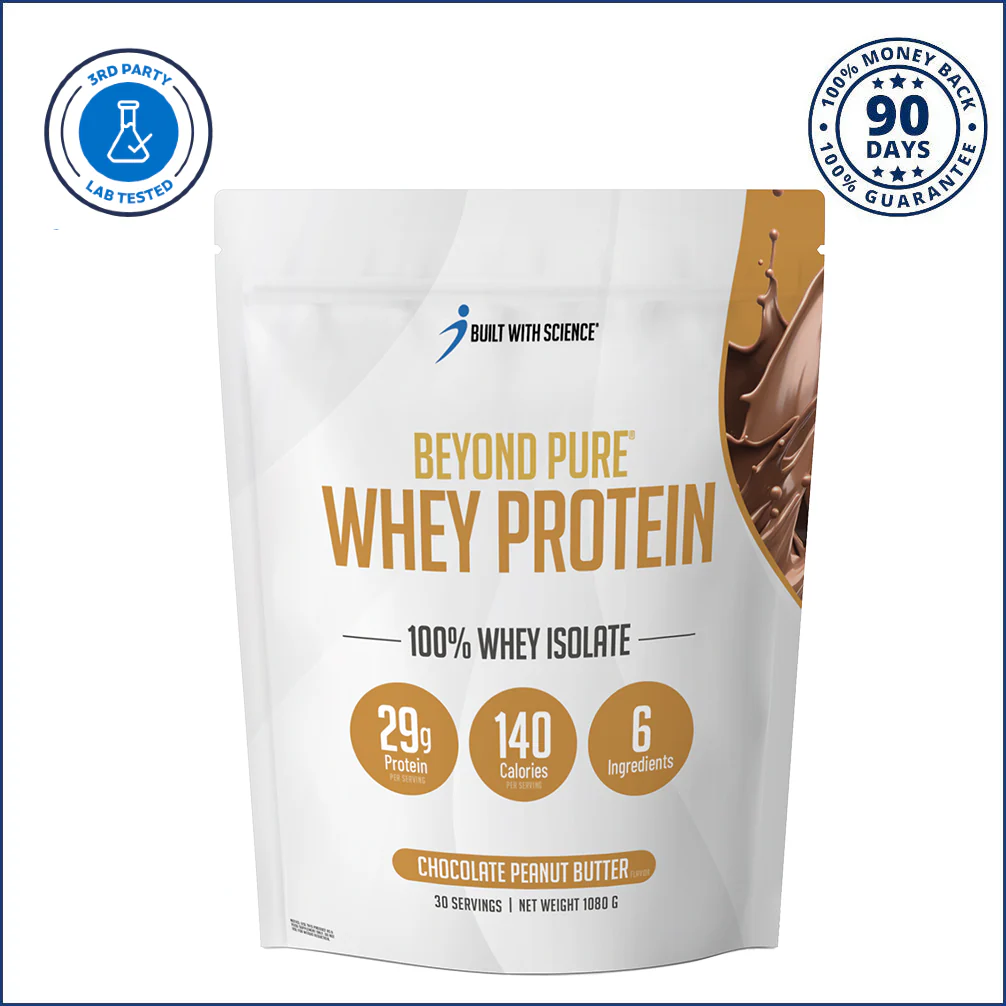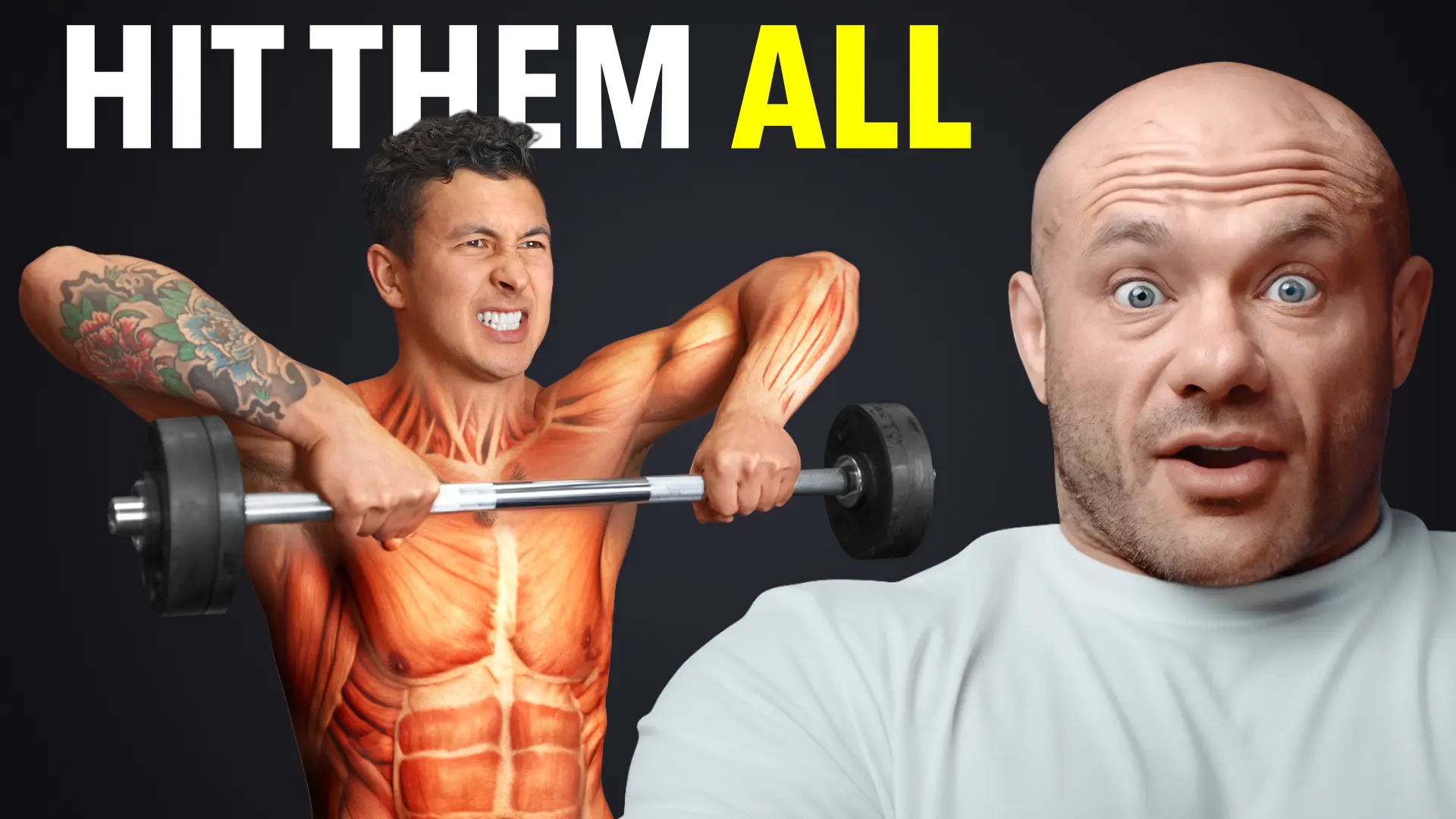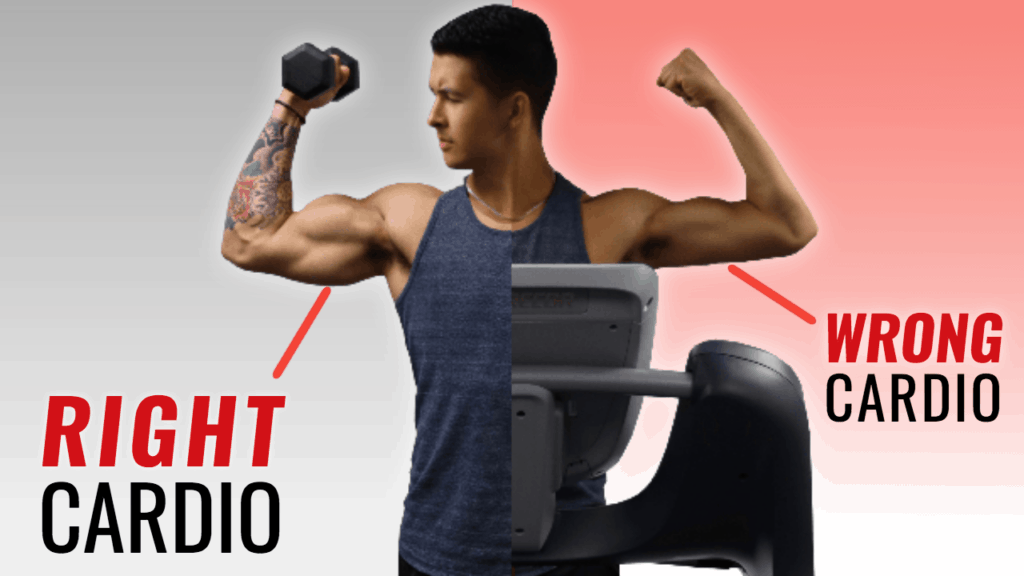
Does Cardio Burn Muscle? (3 Cardio Mistakes Killing Your Gains)
"Does cardio burn muscle?" It just might if you don't learn about the three gain-killing cardio mistakes you might be making.
When performed correctly, cardio can be an excellent way to improve your health and increase fat loss. Contrary to what most people believe, cardio may even be beneficial for muscle growth.
However, when cardio is done improperly, it can negatively impact your gains.
If you're looking for a training program that'll help you set up every single one of your workouts (including cardio!) for optimal fat loss and muscle growth, I've got just the thing for you. Every BWS program is designed to be an all-in-one, science-based process that’ll get you to your dream physique FAST. And best of all? It's all rooted in science. For more information:
Click the button below to take my analysis quiz to discover the best program for you:
↓
Does Cardio Burn Muscle?
It depends.
A 2012 meta-analysis showed that improperly combining cardio and lifting impairs muscle growth by roughly 31% and strength gains by 18%.
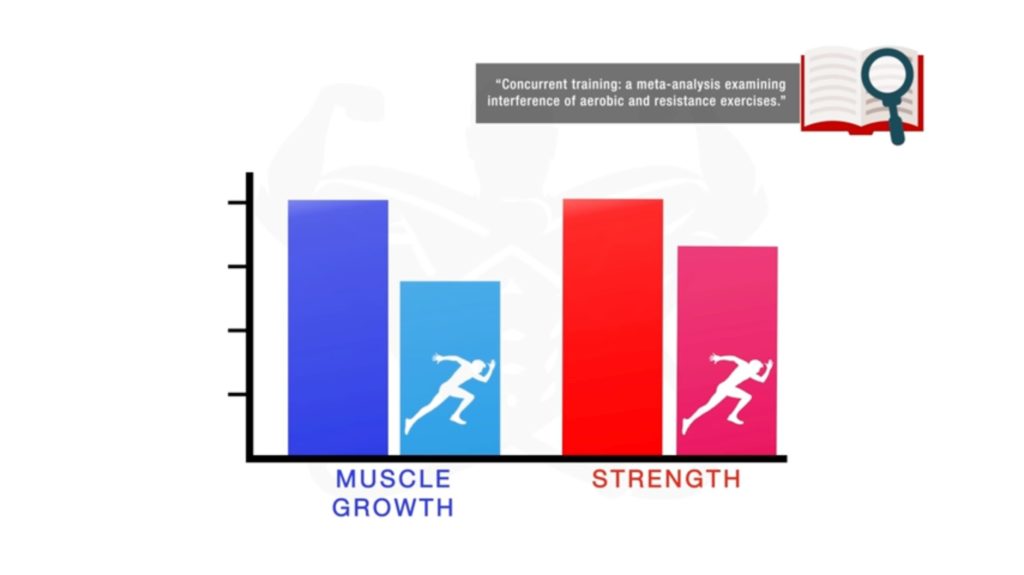
From data like this, it would seem logical to stop cardio altogether to maximize muscle growth. But this is the wrong mindset to have.
What's more important is how you integrate cardio into your training, rather than if you integrate cardio into your training.
Cardio doesn't burn muscle tissue as easily as many people believe it does, as long as you're consuming an adequate amount of calories and protein.
However, there are three common gain-killing cardio mistakes that you need to avoid:
Mistake #1: Doing Cardio At The Wrong Time
One of the most common mistakes is doing cardio at the wrong time.
For most people, the most convenient time to do cardio is when they’re already in the gym for a lifting workout. If you decide to do cardio during the same workout as your lifting, then be sure to do your cardio after your weights workout, rather than before.
A 2016 paper showed that participants who performed a 20-minute cardio session prior to lifting weights experienced a significant decrease in their workout performance.
Participants were tested on five resistance exercises:
- High pull
- Squat
- Bench press
- Deadlift
- Push press
These exercises were performed for 3 sets of 6-10 reps at 70-80% of participants one rep max (1RM).
All cardio protocols prior to resistance exercise resulted in an average 9.1-18.6% fewer performed reps.
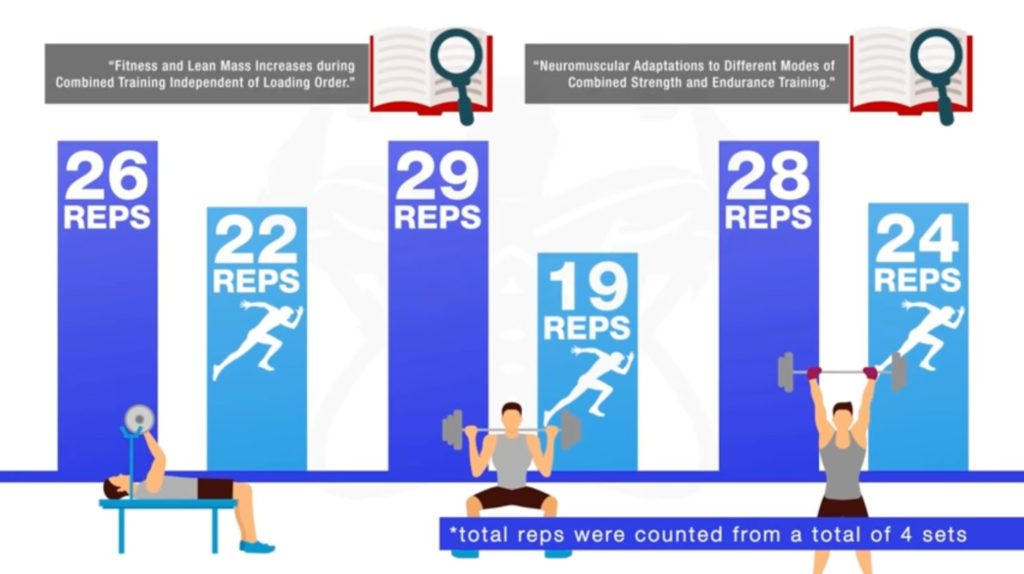
Average power and velocity per set were significantly reduced for the high pull, squat, and bench press. The first three resistance exercises were the most negatively affected in reps, power, and measurements of velocity.
Several other studies have confirmed similar results (study, study).
If you do your cardio before weights, then you'll be more fatigued during your lifting. Your strength will most likely suffer as a result, and you won’t make as much progress with your lifting over time.
It would make sense to do cardio before your weights if improving your cardio performance was your priority.
The Best Time To Do Cardio
If the cardio session you're planning on doing are of moderate to high intensity (i.e longer than 30 minutes), then it's best to perform your cardio and workout sessions separately.
In a 2017 study published in the Journal of Sports Science Medicine, researchers found that untrained lifters who performed a 30-minute moderate-intensity cycling session 24 hours after a biceps workout, as opposed to immediately after, had an almost two-fold increase in muscle hypertrophy.
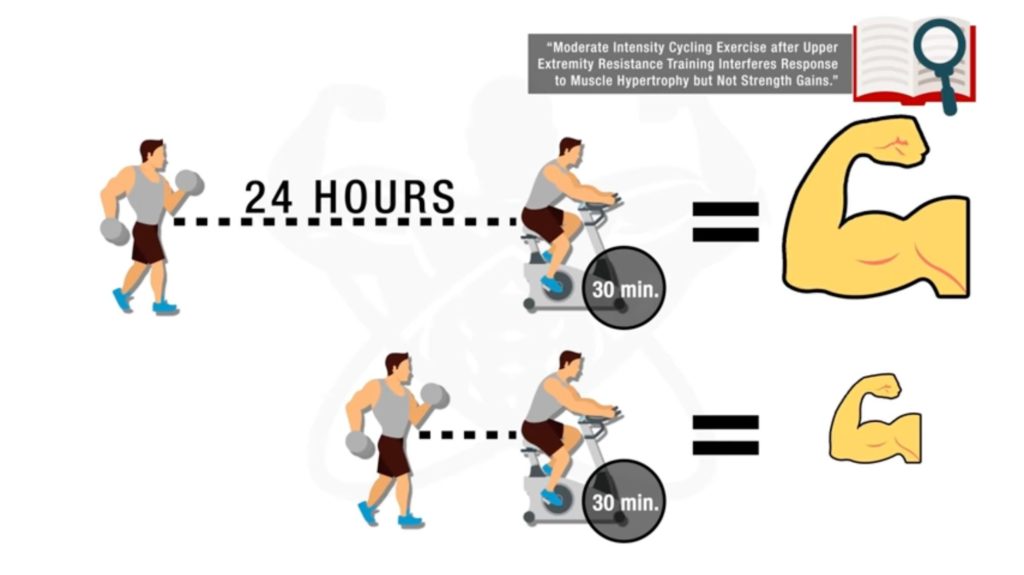
The researchers concluded that this is most likely due to systemic factors interfering with muscle hypertrophy when cardio is performed after a workout, which induces muscle damage. These results suggest that separating cardio and lifting workouts is likely more optimal for muscle growth.
This study does have its limitations. These results may not apply to shorter and/or less intense forms of steady state cardio.
How many hours should you wait to do cardio after lifting weights?
Research has confirmed that it's generally a good idea to separate your lifting and cardio sessions by at least 6 hours.
This means that you could lift weights in the morning, and do cardio at night. You might also decide to do cardio the following day instead.
Cardio Can Decrease Lifting Performance
One study conducted by researchers at the University of Sao Paulo split ten men into three groups to try to understand how cardio affects lifting performance.
- The first group did four sets of half squats for as many reps as they could with 80% of their one-rep max (1RM).
- The second group did 30 minutes of high-intensity interval training (HIIT) with cycling, shortly followed by a leg workout.
- The third group did 30 minutes of HIIT running, followed by the same leg workout.
Researchers then added the total amount of reps and weight lifted to compare the total volume and weight completed from all three groups. The first group performed more overall reps and lifted significantly more weight, which isn’t surprising.
This study doesn't tell us much about muscle hypertrophy. However, since progressive overload is a primary driver of muscle hypertrophy, it’s likely the first group would make more gains over time.
Mistake #2: Doing The Wrong Type Of Cardio
When most people think of cardio, they typically think of running.
Contrary to popular belief, running may be one of the worst forms of cardio. Running, as well as other high impact forms of cardio such as jump rope and sprints, all share significant eccentric components.
These eccentric components cause a considerable amount of lower body muscle damage, which requires time to recover from.
If your body is trying to recover from high impact cardio workouts, then this will negatively impact your performance while lifting weights, particularly with leg workouts.
What's The Best Type Of Cardio For Lifters?
Lower impact forms of cardio tend to be the best type of cardio for lifters.
Lower impact cardio doesn't require as much time to recover from, and therefore it won't hold you back from lifting at your best. This type of cardio will ensure you achieve your body composition goals, without sacrificing your performance in the weight room.
The meta-analysis I referred to earlier concluded that performing cycling concurrently with weights caused significantly less of a decrease in lower body hypertrophy in comparison to running.
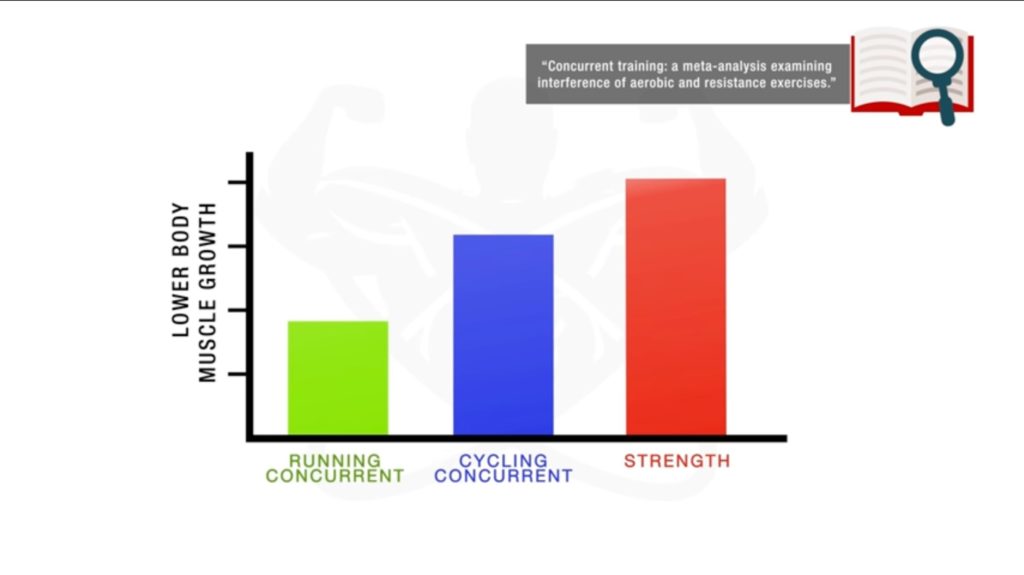
Therefore, to minimize cardio's interference with your gains, it's best to focus the majority of your cardio on lower impact exercises which have minimal eccentric components to them.
Some examples of good lower-impact cardio exercises include:
- Cycling
- Elliptical
- Incline walking
Performing high impact forms of cardio is not bad, and you shouldn't avoid them if you enjoy them. It’s just important to keep a close eye on how high impact forms of exercise affect your recovery.
If you appreciate science-based training insights like this, you'll absolutely love working with my team of highly-qualified trainers and nutritionists (plus myself!) In the process of guiding you through the process of achieving your dream physique in the time-efficient way possible, we'll also make sure you understand the science behind it all. Find out more here:
Click the button below to find out more about the 3-on-1 coaching program:
↓
Mistake #3: Doing Too Much Cardio Can Burn Muscle
One common mistake people make is doing too much cardio.
When someone wants to lose fat, what’s the first thing they do? They do more cardio.
Cardio will help you burn more calories, but this doesn't mean cardio is the best way to lose fat.
You can lose fat and reach an extremely low body fat percentage without doing one day of cardio. You can do all the cardio you want, but if you're eating too many calories, then you won't lose fat.
More cardio is not necessarily better. Cardio can help, but drastically increase the amount you do to burn more fat isn't sustainable for most lifters.
Your goal is to maintain and ideally build muscle while losing fat, right? Then keep training as if you’re trying to gain muscle during a bulk.
Adding in some cardio can allow you to eat more food, burn some extra calories, and potentially prevent hunger, but it shouldn’t be what you rely on to lower your body fat percentage.
Leave the majority of modifications you make during a cut to dietary changes.
What's The Optimal Amount Of Cardio?
A meta-analysis of 21 studies confirmed that the more days per week you do cardio, and the longer your cardio sessions are, the harder it will be to build muscle and strength.
According to this research, cardio sessions which exceed three times per week and 20-30 minutes per session are not recommended. I don't necessarily recommend doing this much cardio. How much cardio you do will highly depend on how your body responds to it.
In this review, gains were still made, regardless of the introduction of cardio. This means that cardio may decrease your ability to build muscle, but if you’re following a proper diet and lifting program, then there’s no harm in incorporating cardio into your routine.
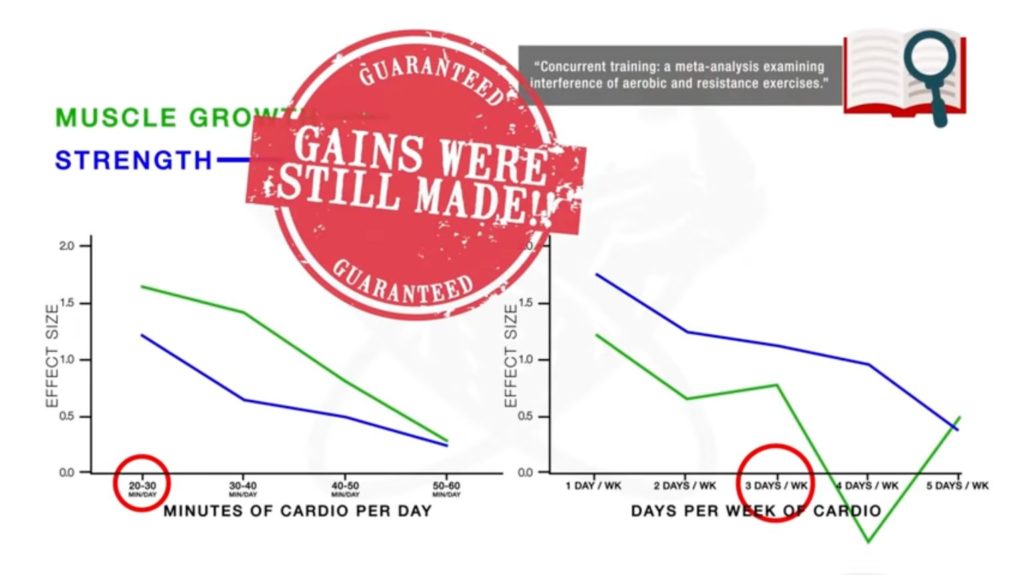
In fact, when cutting, I'll often exceed the recommendations I previously made, because I'm trying to maximize fat loss while retaining muscle mass.
However, if your main goal is to pack on muscle and strength, then just know that performing a bunch of additional cardio can interfere with that.
Keep Things Simple!
Does cardio burn muscle in moderation? Probably not. Does cardio burn muscle if it's done excessively? It could decrease your potential muscle growth.
In summary:
- Perform cardio after lifting weights, or ideally, after a minimum of 6 hours after lifting weights.
- Stick to mostly low-impact cardio such as cycling, the elliptical or incline walking to save your recovery and energy for lifting.
- Focus on weight training instead of cardio. Keep your cardio sessions under 2-3 20-30 minute sessions per week if your main goal is to pack on muscle and strength
If you've made it this far, then clearly you're serious about getting results.
Understanding how cardio affects your gains is important, but it's only one part of the equation.
It's essential that you understand how to plan your workouts and diet correctly. This is exactly what you're shown when you go through my program.
Within my program, you're going to learn how to avoid making crucial mistakes like the ones I went through in this article before they happen. This is why so many of my members are seeing incredible results.
You need a step-by-step program that's tailored toward your goals.
That's why I've created a quiz which will give you a specific program recommendation based on what you're trying to achieve:
Click the button below to take my analysis quiz to discover the best program for you:
↓
I hope you enjoyed this article and found it useful! Don’t forget to give me a follow and connect with me on Instagram, Facebook, and Youtube as well, in order to stay up to date with my content. Cheers!

